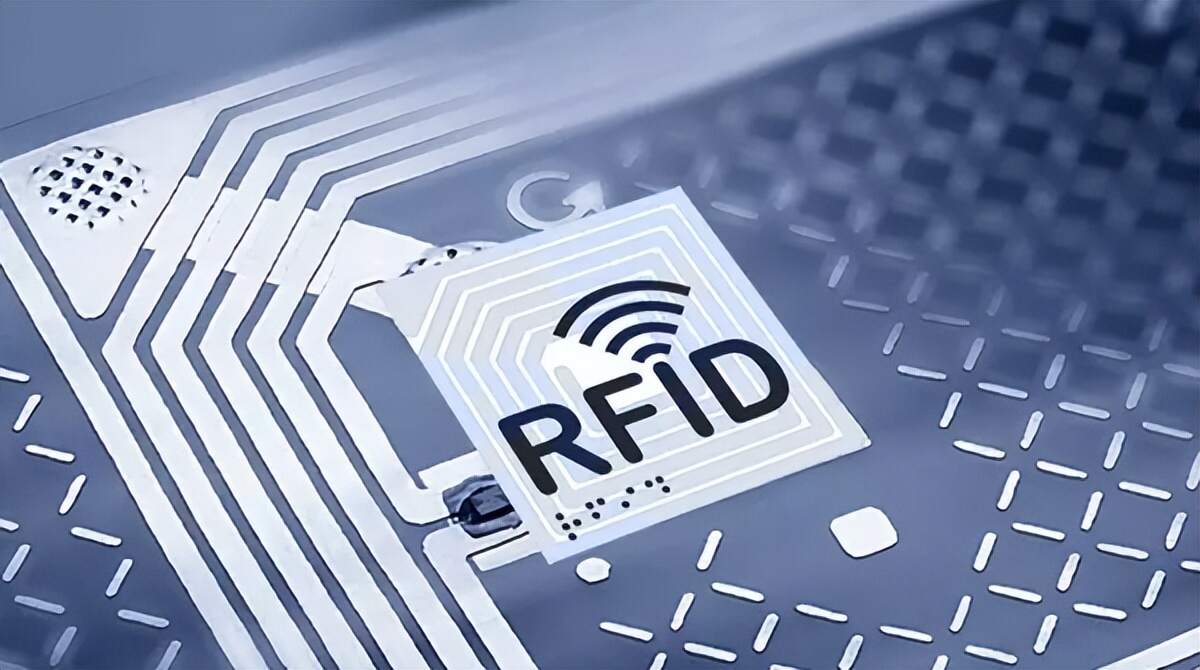Email cannot be empty
Password cannot be empty
Email format error
Email cannot be empty
Email already exists
6-20 characters(letters plus numbers only)
The password is inconsistent
Email format error
Email cannot be empty
Email does not exist
6-20 characters(letters plus numbers only)
The password is inconsistent


Decathlon's RFID Revolution: Decoding the Cost-Efficiency Secrets of Traditional Retail
Amid the wave of consumer rationalization, Decathlon’s rise alongside Pinduoduo is no coincidence. As shoppers strip away the allure of brand premiums and prioritize "extreme value-for-money + experiential consumption," this French sports brand has delivered a masterclass in "technology-driven cost control" through its decade-long deployment of RFID systems. In an industry where RFID tag usage in global apparel retail surged to 27.6 billion units in 2022, Decathlon’s early digital investments have maximized the value of every RFID tag.
I. Cost Reconstruction: RFID Redefines Retail Efficiency Boundaries
The labor-intensive nature of traditional retail once shackled Decathlon’s global expansion. Annual manual inventory checks consuming 140,000 hours with 86%-90% accuracy revealed the limits of human management. UHF RFID technology has rewritten the rules:
-
Smart Warehouse Revolution: Inventory time for 4,000㎡ stores collapsed from weeks to 1.5 hours, with 99.2% accuracy (13% higher than manual counts), freeing productivity equivalent to 2,000+ employees annually
-
Frictionless Checkout: Self-service systems boosted checkout efficiency by 300%. At its Lille flagship store, RFID gates scan 20 items/second, reducing customer wait times by 65%
-
Loss Prevention Loop: Full-cycle product tracking cut annual shrinkage by 9% (equivalent to €130 million savings based on 2022’s €15.4 billion revenue)
II. Data Awakening: The Neural Network of Agile Supply Chains
While competitors grapple with quarterly sales lag, Decathlon’s RFID ecosystem has built a real-time "sensor-to-brain" data network. With 452 data touchpoints per product from production to purchase, fast fashion responsiveness is being redefined:
-
Trend Hijacking Strategy: RFID-driven sales tracking compressed market response cycles from 45 to 7 days. A 2022 viral parka alternative achieved triple replenishments in its launch week through RFID consumer profiling
-
Dynamic Pricing Engine: Automated price adjustments based on turnover data reduced China’s slow-moving inventory processing by 40%, boosting turnover rates by 22%
-
Hyper-Targeted Marketing: Product interaction data lifted member repurchase recommendation accuracy by 37%, with RFID-powered contextual marketing driving 5% incremental sales
III. Paradigm Shift in Cost Philosophy: From Cost-Cutting to Value Creation
Decathlon’s "frugality doctrine" reveals startling foresight in RFID adoption. While the industry fixated on tag prices (€0.15 in 2013 vs. €0.07 in 2023), the company pioneered multidimensional cost calculus:
-
Full-Lifecycle Value: Each RFID tag generates €0.83 in management value across design-production-logistics-sales-recycling phases
-
Stealth Marketing Conversion: Redirecting 1% saved marketing budget (€154 million) to experiential spaces, its Shanghai RFID-powered sports lab achieved 23% experience-to-purchase conversion
-
Circular Economy Gains: RFID-enabled resale platform Cyclamed increased product circulation to 2.7 cycles/item, contributing 12% to net profits
Industry Epiphany
As RFID tags enter the €0.03 era, Decathlon’s decade-long experiment proves a fundamental truth: True cost control isn’t accounting tricks but value chain reinvention through tech innovation. Behind its 6.5% net profit margin lies 300 sensors/㎡, 11 data interactions/product, and 5,000 data points processed/second—a technical revolution that began with inventory checks has become retail’s new survival code. As Bernard Maugein, VP of Retail Operations (China), states: "We’re not paying for RFID—we’re buying vision to see the future."
(Note: Data synthesized from Decathlon annual reports, AIoT StarMap Research, and public interviews. Some figures simulate commercial scenarios.)

